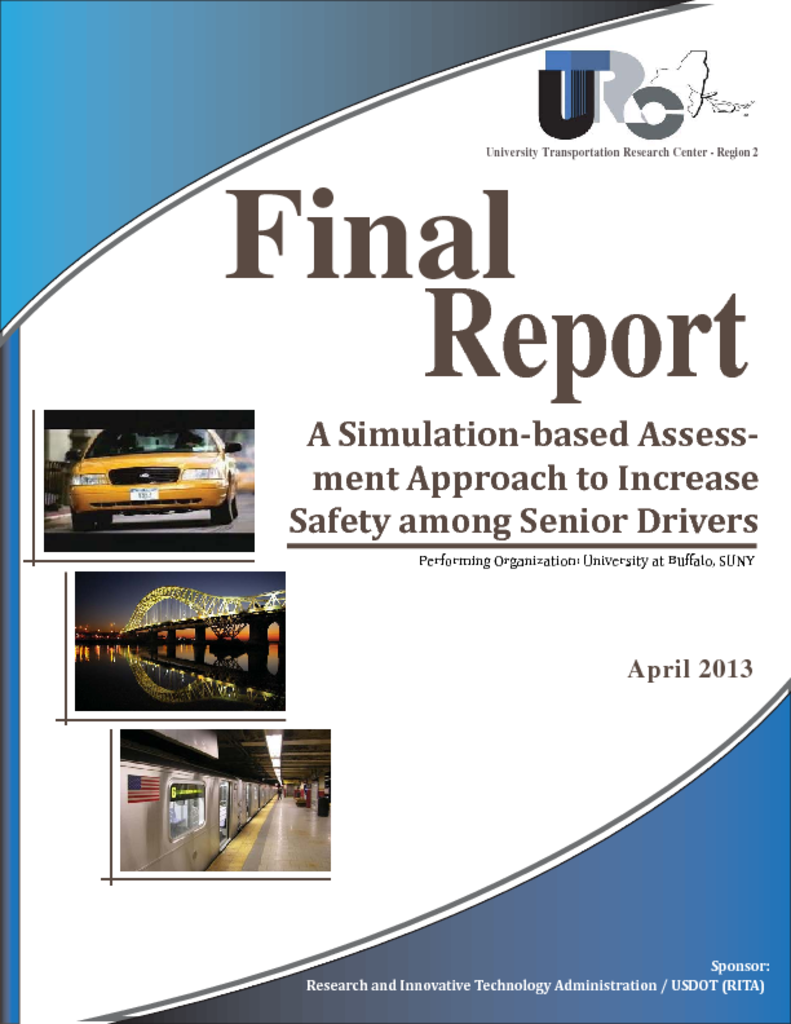Statistics show that in the U.S., there are about 38 million licensed drivers over age 65; about 1/8 of our population. By 2024, this figure will DOUBLE to 25%. The current research is intended to address the driving capabilities of our older population, as accident and injury risk has been statistically shown to increase – normalized per mile driven – with advanced age. Our primary objective is to perform a preliminary Pilot Study (N=10) that allows our team to analyze the impact of supplementing traditional driver evaluation for senior persons with cognitive impairment using state-of-the-art driving simulation technologies. Within a simulator, a variety of driving scenarios can be implemented that sufficiently challenge drivers in a way that, due to safety and logistical concerns, cannot be accomplished within the confines of a real vehicle. Longer-term, a driving simulator can be used to define driving tasks that are most likely to be affected by stages of dementia, and to measure, capture, and analyze vital driver performance metrics. Each driver is evaluated at Erie County Medical Center (ECMC) using a conventional driver evaluation mechanism: in-clinic (to measure cognitive, motor and visual skills) and in-vehicle (to measure mechanical ability to operate a vehicle). Prior to these examinations, each driver is evaluated in a motion-based driving simulator located at the University at Buffalo (UB). A subsequent data analysis is performed in an effort to identify any trends or patterns between the three evaluation mechanisms.


